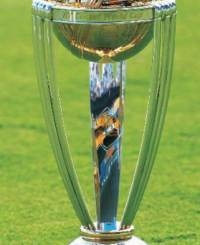
You’ve probably heard about the gray cricket or have encountered it at some point, either inside of your house chirping or outside in your yard. For some people the gray cricket is an excellent food source for their reptilian pets and will either choose to raise the crickets or buy them from a store. Here you will find some history about the gray cricket as well as their nutritional content provided for reptiles and other pets that eat them.
History
Gray crickets, also known as house crickets or acheta domesticus, are commonly found throughout the United States and are often found in pet and bait shops around the country. The average life cycle of these insects usually lasts from two to three months depending on their climate. Gray crickets usually need a warm environment in order to grow and live, ranging from 80 degrees Fahrenheit to 90 degrees. They grow to approximately 16 to 20 millimeters long and will vary in color, but mostly will be gray, brown or yellow. Often times their wings will cover up their abdomens and they have a chirping noise characteristic to their species.
The gray cricket or acheta domesticus female will lay eggs from 50 to 100 and grow to be known as nymphs. It will usually take the crickets around 8 to 12 weeks in order to reach their full maturity levels. When pet stores, and bait shops raise crickets, they will generally give them warmth, food, water and a good place for them to lay their eggs. Crickets can be bred in shops but also maintained at homes of reptile pet owners.
Nutritional Content
As a part of a varied diet for most reptiles and even amphibians such as frogs and turtles, crickets are an excellent staple for food. Most commonly, crickets are found in pet stores, bait shops and also through online stores that breed and sell them as food for reptile pets. Most stores will gut load or feed their crickets with high calcium each day before selling them to others to distribute to their pets. There are also calcium powders or dust that can be sprinkled on top of the crickets before consumption. These powders or dust can also be bought from the stores that sell the gray crickets for reptile diets.
Most of the nutritional content that crickets provide depends on what they are fed themselves. Generally, the gray cricket contains a large about of moisture, protein, fat and carbohydrates. Of course when crickets are subjected to a calcium diet, they provide around 21 milligrams of calcium. Since one concern that most reptiles and amphibian owners can have is making sure to feed their pets a diet that is rich in calcium and also lower in phosphorous, crickets are great ways to make sure the diet is sustained. What typically goes into the acheta domesticus.
Unless otherwise stated, PONIREVO and/or its licensors DO NOT own any intellectual property rights in the website and material on the website. Majority of the site’s content has been scraped and auto posted by a third party artificial intelligence program —– PONIREVO Creation Team.
Proudly WWW.PONIREVO.COM
by Willie Gross



